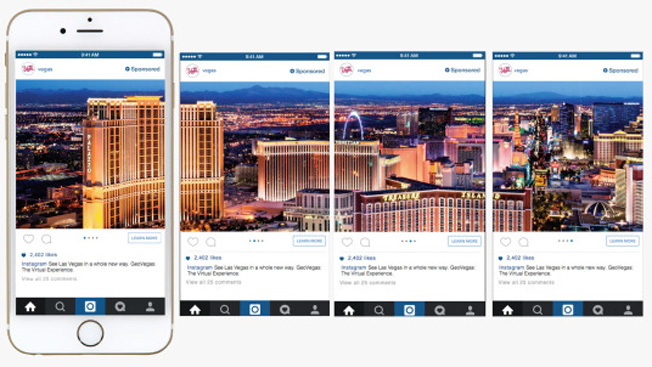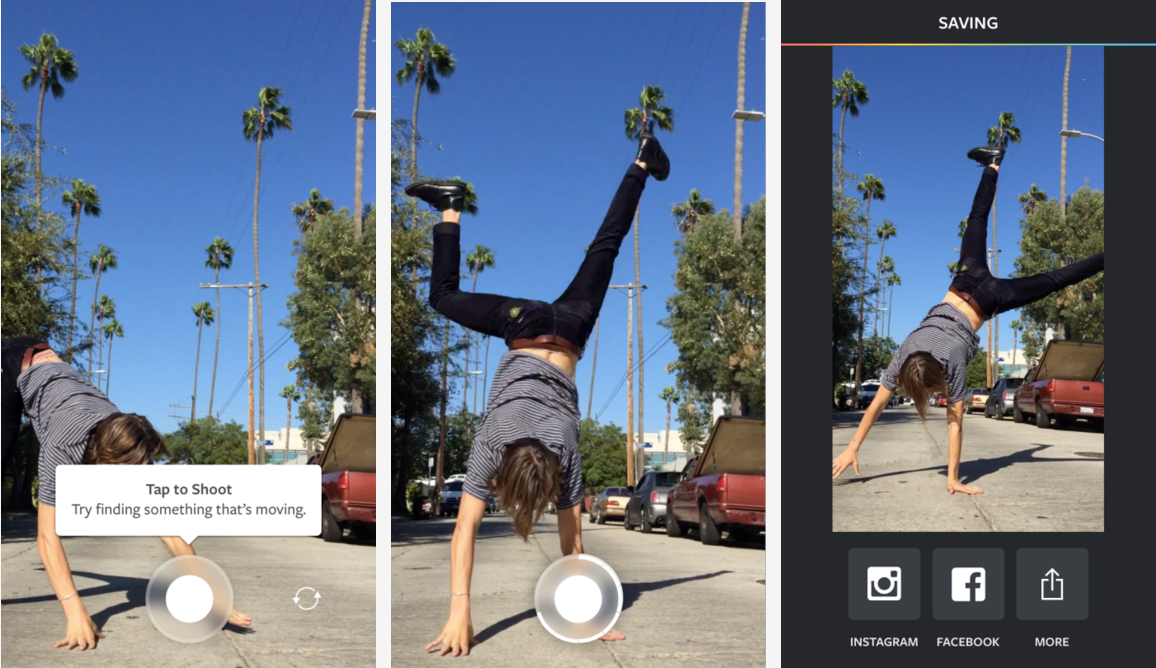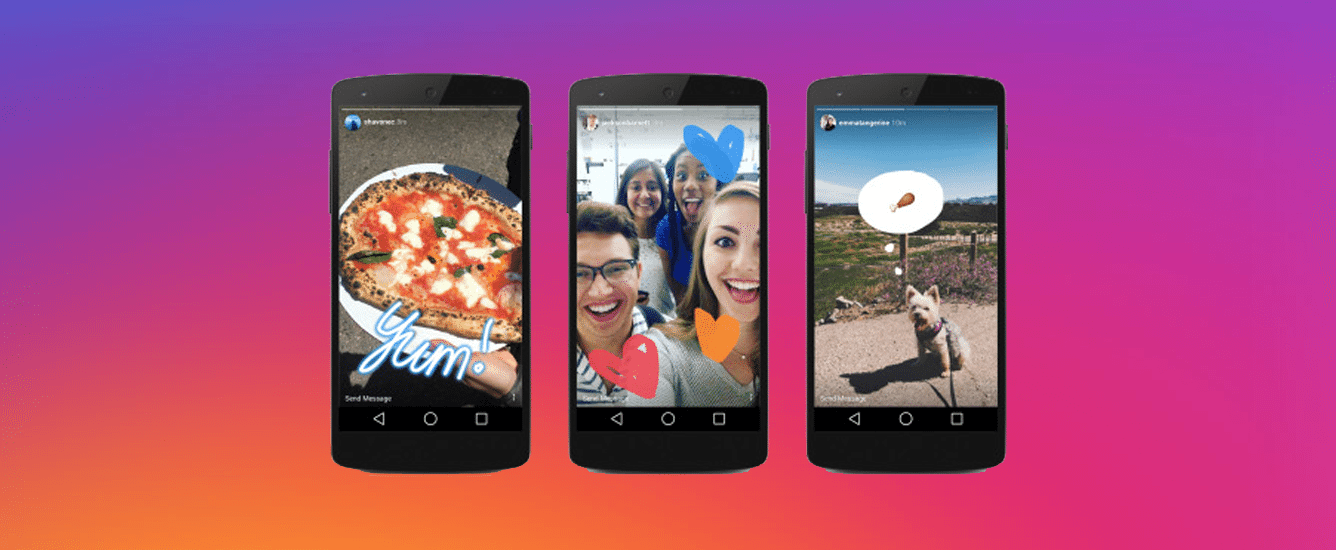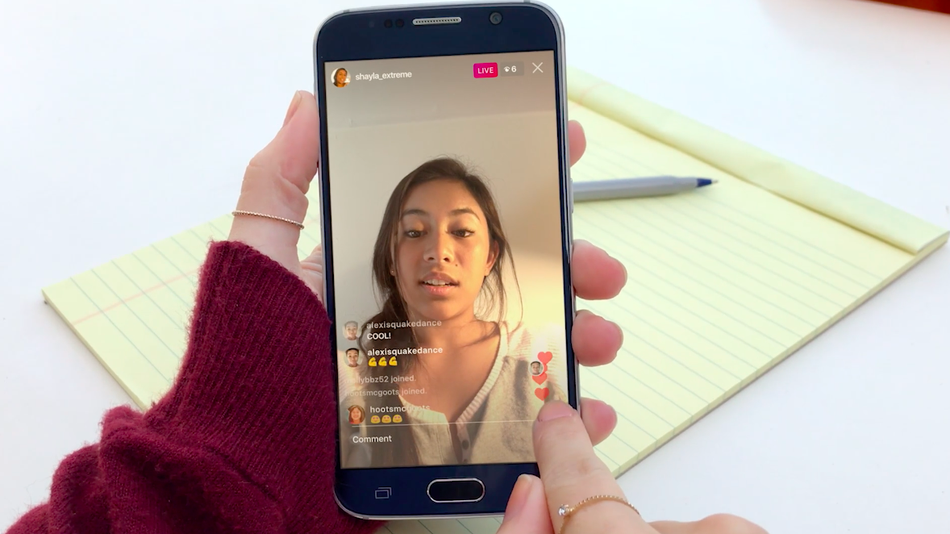This is the age of storytelling. It is not enough to give your audience a call to action in today’s marketplace, you have to make your audience feel. Instagram is single handed the best platform for capturing attention and telling stories. It is not necessarily easy, but the work is noticeably beneficial. This is a comprehensive guide to Using Instagram for business in 2017. Stick with me now as I base my examples off cat accounts and hashtags, you’re sure to gain an understanding of how you too can use Instagram to boost your performance.
First, let’s talk about the difference between organic and paid content on Instagram. Organic content on Instagram consists of any image, video, story or comment you posts on your business account. When you don’t have a business account organic content is the only option for content on Instagram. When you post images, videos or stories, those are shared with only your follower base. A downfall of organic content today is Instagram’s algorithms. No longer can people see, in chronological order, the posts of people they follow. Users are shown posts that Instagram thinks are most relevant to them in order from most to least. This means that your followers might not all see the content you are posting. That is why advertising your brand or business on Instagram might be necessary to reach your audience.
Advertising
Advertising on Instagram is considered paid content. If your business objectives include driving awareness, reach and frequency, mobile app installs and engagement, website clicks, video views, conversions or dynamic ads, then Instagram is the place for you. To create an ad campaign for Instagram, you have to go through Facebook’s ad manager, where you can select Instagram as a placement. Facebook has many options for choosing your audience so you can target the people who are right for your business. Recently, Facebook launched an Instagram retargeting tool so you can send ads to the people who have engaged with your account. Instagram has over 700 million monthly active users, with this number on the rise, there are more options for the types of ads you can create than ever. You can create photo ads, video ads, carousel or story ads. You can read more about the types of ads that Instagram offers here. Now, enough about organic and paid content, what exactly are you supposed to be showing in your content?
Quality & Themed Content
When it comes to the content of your posts, there are two things that matter most. One, quality. This doesn’t mean that you can’t take iPhone images and put them on your profile. This just means that you should be cognitive of the environment of your photos. A huge factor that goes into this is lighting and natural lighting is always best! Two, theme. It is important to know who you are and know what your audience expects from you. Accounts that have a consistent theme throughout posts are known to engage with more people. Another tidbit on theme deals with filters, if you are going to use a filter on Instagram, it is best that you use the same filter on all of your pictures for consistency. Take a look at @nala_cat. This isn’t a business profile but with 3.4 million people following a cat, it does a good job giving you examples of quality, themed posts.
Variety
Having a theme does not mean that you have to post the same thing all the time. In fact, it is best if you don’t. Come up with a content strategy. For instance, @nala_cat is full of photos and videos of one cat, but there is much variety when it comes to what the cat is doing. Sometimes It’s laying in a weird position, wearing a cute bandana, and sometimes it is posing with humans. You can create variety for whatever product or service you offer. Variety also entails the type of post being made, don’t always post still photos. Still photos are good but video and motion are really taking off right now. Variety is what keeps your audience coming back. In 2017, if you want to grab the attention of your audience you’ll need to utilize all or most of the media formats available. Think about what you would want to see from a business like yours and give people that. You can also conduct a simple focus group by asking your friends and family what they would want to see and tailor a content strategy off that. Throw some still photos in there, some videos and Boomerangs, and don’t forget about Instagram Stories and live video… and remember to have fun with it!
Still Photos
Still photos are, well, still, motionless photos.
Carousel
With Carousel, you can upload up to 10 still photos and video into a single post.
Videos/Boomerangs
Videos are, well, motion packed, videos. Boomerang is an app that easily syncs with Instagram that is growing in popularity on the platform. Take quick, short snippets and turn them into fun videos.
Stories
Share moments with your followers not on your profile.
Live Video
What are you doing right this very second? Share moments with your followers live, in real-time.
Captions
Enough about the visual aspect of your posts, it has been said that “Instagram captions are the new blogging.” I have noticed that the type of caption varies greatly between different types of brands and businesses. For instance, @humansofNewYork usually has very long quotes as their captions. This is okay because people expect this from this account and enjoy reading the long thoughts of people. For most businesses on Instagram that are selling products, it is usually acceptable to keep things short, sweet, and detailed. Use descriptive words to add appeal to your product or service. Instagram isn’t really a place for sharing links. You can direct people places from your ads, but as far as organic content goes, links aren’t really a thing. A tip to get around this includes “link in bio” on your posts if you want to direct someone somewhere. Obviously, if you say that you should have a link to your website or store in your bio. It is best to shorten the link with Google URL Shortener so it doesn’t clutter up your bio. The next thing we should talk about is the Instagram algorithm. We touched base on this at the beginning but really understanding how it works can add to your effectiveness as a marketer.
The Algorithm
Like I said, the algorithm shows the best content to the most people and content that is not so good gets much less reach. If your content is great, even non-followers have the potential to see your posts. The algorithm can be mysterious and super complicated; however, Buffer was kind enough to break it down into seven key factors: Engagement, relevance, relationships, timeliness, profile searches, direct shares, time spent. How popular is your post? Is the genre of your post relevant to the viewer? What kind of accounts do you regularly interact with? How recent are your posts? What profiles are you searching and checking out the most? Whose posts are you sharing? How long do people spend viewing your post? All of these factors go into how Instagram determines who see your posts. So what are some other things you can do to boost your Instagram presence and increase conversions? Utilize hashtags and influencers of course!
Hashtags
Hashtags are something I wouldn’t advise any brand or business not to use on Instagram. There is a lot of power behind the hashtag. Using hashtags on Instagram can get your posts to a wider audience that can relate to your posts. You can better check out your competition this way and also, connect with people with specific interests…and tada, of course, they also help with the algorithms behind Instagram. Posts with hashtags generate more engagement, simply measured estimated posts with at least one hashtag average 12.6% more engagement. Hashtags also allow you to generate more engagement by relating to popular trends and themes.
With that being said there are better and worse ways to use hashtags. You can’t just throw them out there. There are ways to find the best Hashtags for your specific account. It is easy to see what hashtags your followers, competitors and industry leaders are using. Once you have done the research on what hashtags your audience uses, finding related hashtags is easy. Go to Instagram and search for the hashtags you’ve discovered and it will automatically show you related hashtags you can use for additional ways to engage with your people.
It is possible to be a “top post” on Instagram, where everyone searching that hashtag will see your post. Like I said before, Instagram favors posts with more engagement. The more engagement your hash tagged posts generates the more likely it is to be featured as a “top post”; however, that is not the only factor that goes into Instagram’s selection. The more quickly your post receives engagement is also a factor. If you are a smaller business than you are more likely to trend for small hashtags that are less used. You also want to take into consideration a number of hashtags you are using and the kind of hashtags. It is best to use no less than 2 and no more than 10 hashtags per post. You should utilize a combination of branded and community hashtags.
Branded Hashtags
Branded hashtags are specific to your brand. Branded hashtags add to your value by making it easier for users to connect with you and put all the posts related to your brand together under a personal “folder”. Now, your branded hashtag can be anything that adds value to your brand, it can even incorporate your name, but doesn’t have to. Let’s take one of my clients as an example, CharBlue steakhouse of Indianapolis created a branded hashtag, #NotJustAnotherSteakhouse. Branded hashtags can also be a way to call people to action. “Enter to win a gift card by posting to Instagram with the #NotJustAnotherSteakHouse” is something anyone can do.
Community Hashtags
Community hashtags are used by people who want to connect with people who have similar interests. They can be anywhere on the scale of super specific to extremely broad. For example #IReallyLikeCats is going to connect with way fewer people than #Cats. The more specific the hashtag the better accuracy your audience will be. #catsagram will connect you with millions of posts, but #calico will connect you with a fewer, more targeted audience. There is an unbelievably high number of community hashtags, but you need to remember that the more niche the hashtag the more engagement posts usually see.
Influencers
Influencer marketing is when a brand or business uses industry leaders or people with large follower bases to promote their product or service. Influencer marketing has been around since before the 20th century. Today, there are many “influencers” on Instagram, from macro to micro. People don’t see influencers quite the same as they do traditional advertising. People are more likely to trust a message from someone they look up to. Influencer marketing in social media has taken off rather rapidly in the last couple of years. According to Influencer Orchestration Network, on average, businesses generate $6.50 for every $1 invested in influencer marketing.
For example, let us go back to @nala_cat, with over 3.4 million followers, this cat is considered an influencer in the pet market on a national level. If you were selling cat toys, accessories or food you could work with Nala Cat to influence their follower base to buy your product. There are influencers for almost every category of thing today from food, fashion and fitness to art, animals, and automobiles, there’s an influencer for everyone! Influencers are another form of paid content, but the costs are not exact. Influencers with more followers can cost more money to work with, but how do you even find these influencers to begin with?
There are a few options. The cheapest, but not necessarily the most accurate way is to simply search Instagram. If you search hashtags, the more niche the better you can manually go through and find the right people for your brand or business. You can also subscribe to sites that match influencers to brands like Iconosquare and many others. If you would like to run an Instagram influencer campaign you can read more about that here.
Analytics
The last thing there is to know about Instagram is measuring, analyzing and adjusting. Instagram Analytics is only available to business accounts. You can get to Instagram analytics by clicking on the button with four bars in the upper, right-hand corner. You will be directed to a page that says “Insights” at the very top. The first thing it tells you are your stats for the week and their change, either up or down, from last week. It gives you your impressions, reach, profile views, and website clicks. Beneath that, you will see posts, if you click on “see more” you’ll be directed to all posts you made in the last year sorted by the number of impressions from most to least. Instagram gives you insights for your stories as well so you know how they are performing. Underneath stories is follower insights. Here you will see the gender split of your audience, their age range, and top locations, as well as, what days and times of the week your followers are most active. If you have any active paid promotions on Instagram, you will get to see the data for that at the very bottom of the insights page.
Instagram only gives you certain data; however, there are many tools out there today that you can subscribe to that will give you more data on your posts and progress. Having access to insights on and off Instagram gives you actionable information to help you create more relevant and timely content. You need to use that data to adjust your content to reach peak performance. If you realize that something isn’t doing too well then don’t repeat it and if something is doing much better than everything else try and post more content like that. Instagram analytics will take into consideration when your followers are most active and when your posts received the most engagement and give you insights like when the best time for you to post is – it is best to listen to these insights for they know what they are talking about. There is always room for improvement.
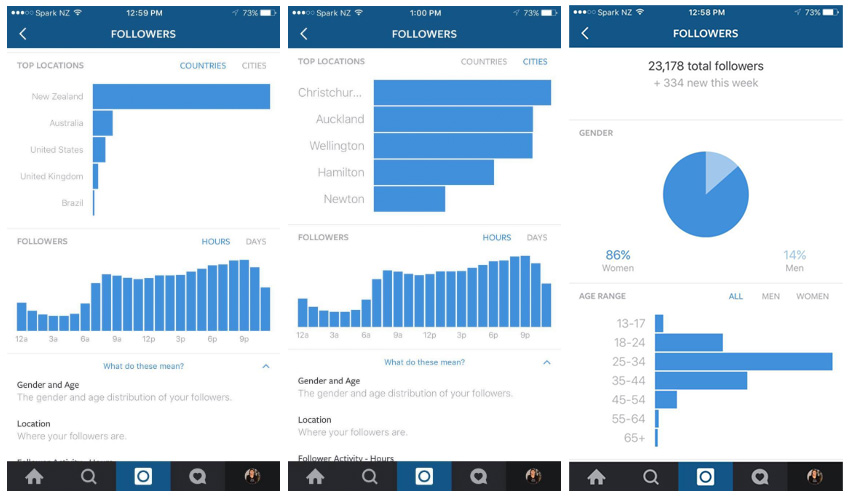 Instagram can be a tricky platform because the visual is the main focus of the post and message, but it is more complex than just posting photos. You have to post a mix of organic and paid content. You have to make sure that you stick to a theme with variety and quality content. Post still photos, carousel photos, videos and boomerangs, stories and live videos. Don’t forget about the captions – those are important too. Utilize hashtags in the proper manner with a combination of branded and community hashtags and find the right influencers to boost your brand. Lastly, measure, analyze and adjust your content and you will be running an engaging account that ultimately drives conversions in 2017.
Instagram can be a tricky platform because the visual is the main focus of the post and message, but it is more complex than just posting photos. You have to post a mix of organic and paid content. You have to make sure that you stick to a theme with variety and quality content. Post still photos, carousel photos, videos and boomerangs, stories and live videos. Don’t forget about the captions – those are important too. Utilize hashtags in the proper manner with a combination of branded and community hashtags and find the right influencers to boost your brand. Lastly, measure, analyze and adjust your content and you will be running an engaging account that ultimately drives conversions in 2017.
Interested in reading more stories like this? Keep up to date with the social media and digital marketing world by signing up for our weekly newsletter.



